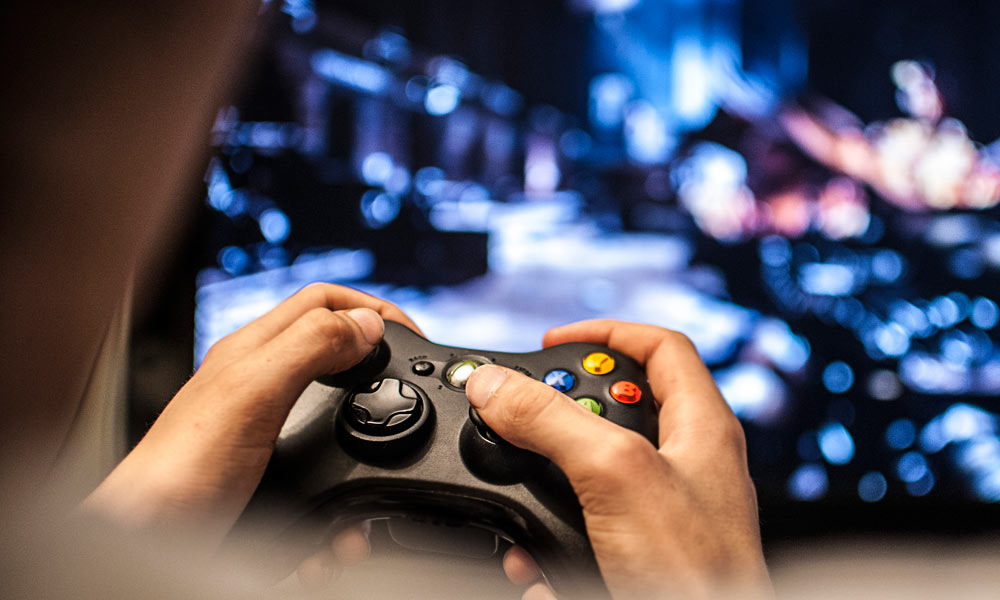A new study shows for the first time that playing action video games improves not just the skills taught in the game, but learning capabilities more generally.
“Prior research by our group and others has shown that action gamers excel at many tasks. In this new study, we show they excel because they are better learners,” explained Daphne Bavelier, a research professor in brain and cognitive sciences at the University of Rochester. “And they become better learners,” she said, “by playing the fast-paced action games.”
According to Bavelier, who also holds a joint appointment at the University of Geneva, our brains keep predicting what will come next—whether when listening to a conversation, driving, or even preforming surgery. “In order to sharpen its prediction skills, our brains constantly build models, or ‘templates,’ of the world,” she explained. “The better the template, the better the performance. And now we know playing action video game actually fosters better templates.”
Action Players vs. Non-Action Players
In the current study, published in the Proceedings of the National Academy of Sciences, Bavelier and her team first used a pattern discrimination task to compare action video game players’ visual performance with that of individuals who do not play action video games.
The action-gamers outperformed the non-action gamers. The key to the action-gamers success, the researchers found, was that their brains used a better template for the task at hand.
Video Training
Then, the team conducted another experiment to determine if habitual players of fast-paced, action-rich video games may be endowed with better templates independently of their game play, or if the action game play lead them to have better templates.
Individuals with little video game experience were recruited, and as part of the experiment, they were asked to play video games for 50 hours over the course of nine weeks. One group played action video games, e.g., Call of Duty. The second group played 50 hours of non-action video games, such as The Sims.
The trainees were tested on a pattern discrimination task before and after the video game “training.” The test showed that the action video games players improved their templates, compared to the control group who played the non-action video games. The authors then turned to neural modeling to investigate how action video games may foster better templates.
Measuring Learning
When the researchers gave action gamers a perceptual learning task, the team found that the action video game players were able to build and fine tune templates quicker than non-action game control participants. And they did so on the fly as they engaged in the task.
Being a better learner means developing the right templates faster and thus better performance. And playing action video games, the research team found boosts that process.
“When they began the perceptual learning task, action video gamers were indistinguishable from non-action gamers; they didn’t come to the task with a better template,” said Bavelier. “Instead, they developed better templates for the task, much, much faster showing an accelerated learning curve.”
The researchers also found that the action gamers’ improved performance is a lasting effect. When tested several months to a year later, the action-trained participants still outperformed the other participants, suggesting that they retained their ability to build better templates.
Bavelier’s team is currently investigating which characteristics in action video games are key to boost players’ learning. “Games other than action video games may be able to have the same effect,” she said. “They may need to be fast paced, and require the player to divide his or her attention, and make predictions at different time scales.”
Vikranth R. Bejjanki of the University of Rochester and Princeton University, and Ruyuan Zhang of the University of Rochester are co-lead authors of the study. In addition to Bavelier and the lead authors, researchers from the University of Geneva, University of Wisconsin-Madison, and Ohio State University also contributed to the study.
The Office of Naval Research, the Swiss National Foundation, The Human Frontier Science Program, and the National Eye Institute supported the research.




